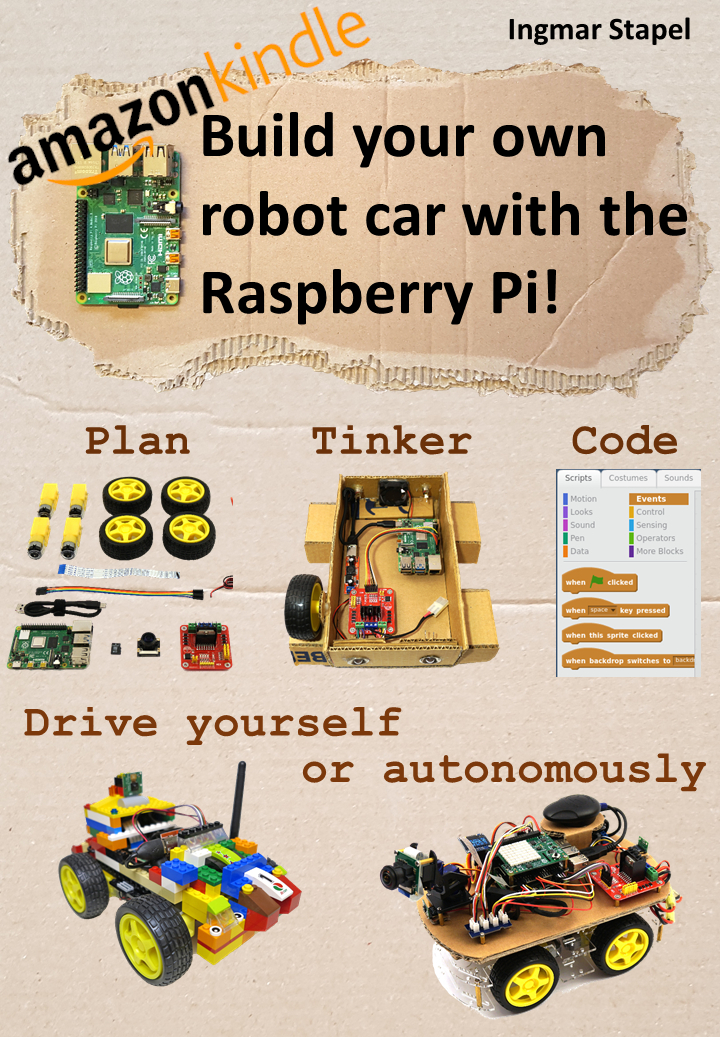The small guide is intended to help with many pictures and tips on how to activate the external WIFI antenna connection on an ESP32-CAM module. I would like to use the external antenna in the robot car, because I always had interferences in the video live stream. The reason for this is that the antenna on the module itself does not have such good radio performance or you are too far away from the router. Therefore the wish to use the external antenna.
The following picture shows my ESP32-CAM with still soldered 0Ohm resistor on the board. This resistor is soldered to the board right next to the antenna connector. It is more or less a jumper connection which activates either the onboard WIFI antenna or the external antenna connector.
The small resistor on the right side of the antenna connector must be removed to deactivate the onboard WIFI antenna.
Here on the left picture you can see where exactly this 0Ohm resistor is installed. On the right part of the picture the resistor is removed or soldered down.
Note: When removing the resistor you must not use force or force. Just take a small soldering tip for your soldering iron, wet it with solder and heat the two soldering points on the resistor with this additional solder that sticks to the tip of your soldering iron. This way you can get the two soldering points quite hot and remove the resistor.
After the resistor is removed the board looks like the following picture. Now you can see the three free solder pads. You have to remember between which pads the resistor was installed. Because now you have to connect exactly the other pad to the middle pad.
Next you connect the two solder pads with a short cable bridge as shown in green on the following picture. Now connect the middle solder pad with the free solder pad to which the resistor was not soldered yet.
Note: The connection with the wire or the 0Ohm resistor must now be made with the pad that was not connected to the one in the tip of the triangle before.
The connection of the two pads works quite well with a short wire instead of the extended resistor which is very small. I used a thin copper wire which I wetted with solder before soldering. So I could solder it well to the two pads.
Here is another picture with the thin copper wire from a jumper cable. I cut the wire very close to the board. The radio connection was much better than before and I had no more interferences in the picture.
Summary
In the beginning I was quite worried about soldering the small resistor without damaging the module. But with some extra solder which I put on the resistor it was easy to remove it. Now with the external antenna the radio performance is much better and I have no more interference in the live video picture of the ESP32-CAM module. I can now enjoy the control of my robot car without any problems.
Article Overview ESP32-CAM Robot Auto:
ESP32-CAM building your own robot car with live video streaming – project startESP32-CAM building your own robot car with live video streaming – Set up development environment
ESP32-CAM building your own robot car with live video streaming – USB-serial adapter wiring
ESP32-CAM building your own robot car with live video streaming – Installing the live video streaming software
ESP32-CAM building your own robot car with live video streaming – Design of the chassis
ESP32-CAM building your own robot car with live video streaming – Cabling in general
ESP32-CAM building your own robot car with live video streaming – Wiring the I²C hub
ESP32-CAM building your own robot car with live video streaming – robo car example programs
ESP32-CAM building your own robot car with live video streaming – programming the WIFI remote control
ESP32-CAM building your own robot car with live video streaming – connect external WIFI antenna















Recent Comments